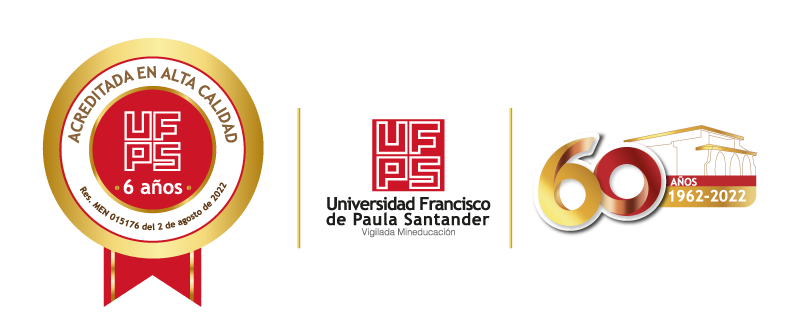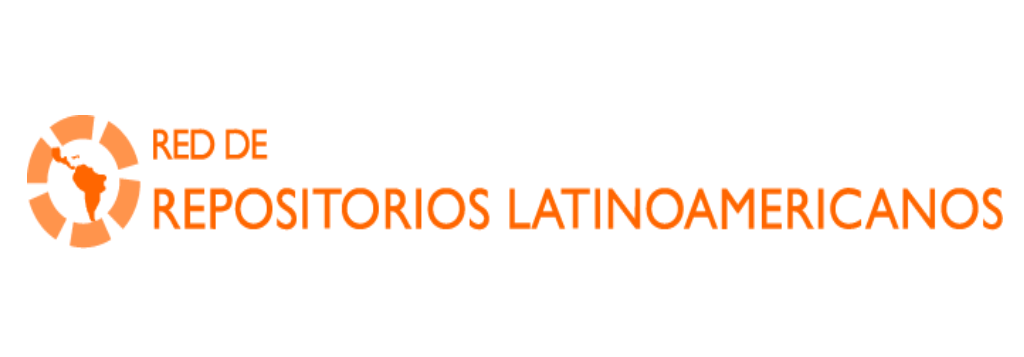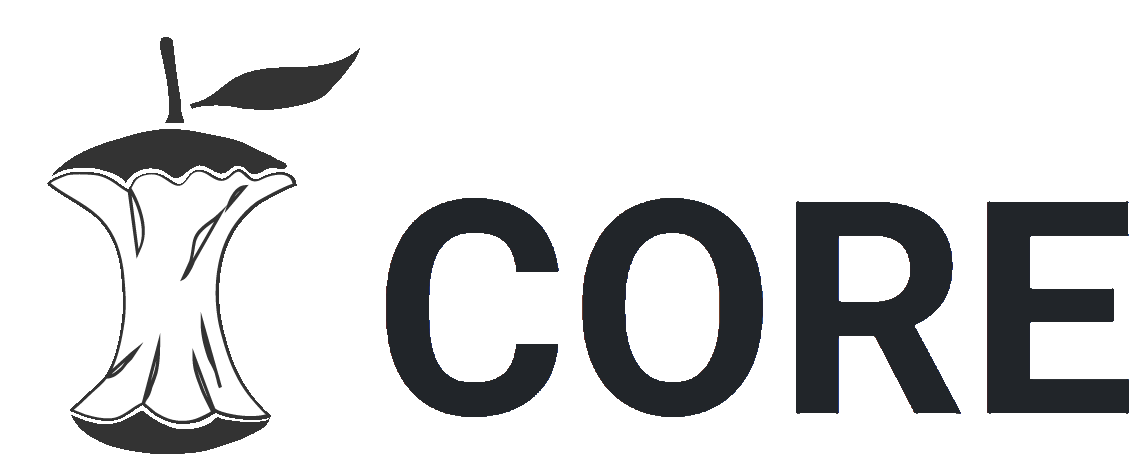Production of industrial-interest colorants in microalgae and cyanobacteria: leveraging nutrient dynamics and photoperiod optimization
...
Contreras Ropero, Jefferson Eduardo | 2024-07-15
The exploration of the biodiversity of cyanobacteria and microalgae holds great promise for obtaining
pigments of industrial interest. This study focused on the bioprospecting of these organisms to obtain
pigments of industrial interest together with enriched biomass. We investigated the impact of photoperiod and concentration of C/N/P nutrient sources in heterotrophic cultures, controlling specific variables such as light intensity, volume, pH, temperature, air flow and time to produce phycobiliproteins
in Arthrospira platensis UTEX1926 and total carotenoids in Scenedesmus sp. using a nonfactorial
Plackett‒Burman design in STATISTICA 7.0 software. The biomass concentration was determined by
dry weight, while the concentrations of phycocyanin and carotenoids were determined spectrophotometrically at specific wavelengths. Heterotrophic cultures demonstrated superior productivity, with
phycocyanin and carotenoids achieving percentages of 7% and 0.4% (w/w), respectively, and an R2 value of 0.99. Among the influential parameters, potassium diphosphate and sodium bicarbonate played
pivotal roles in the final deposition of carotenoids and phycocyanin, respectively, yielding concentrations of 96.5 mg/L phycocyanin and 6.5 mg/L carotenoids
LEER










